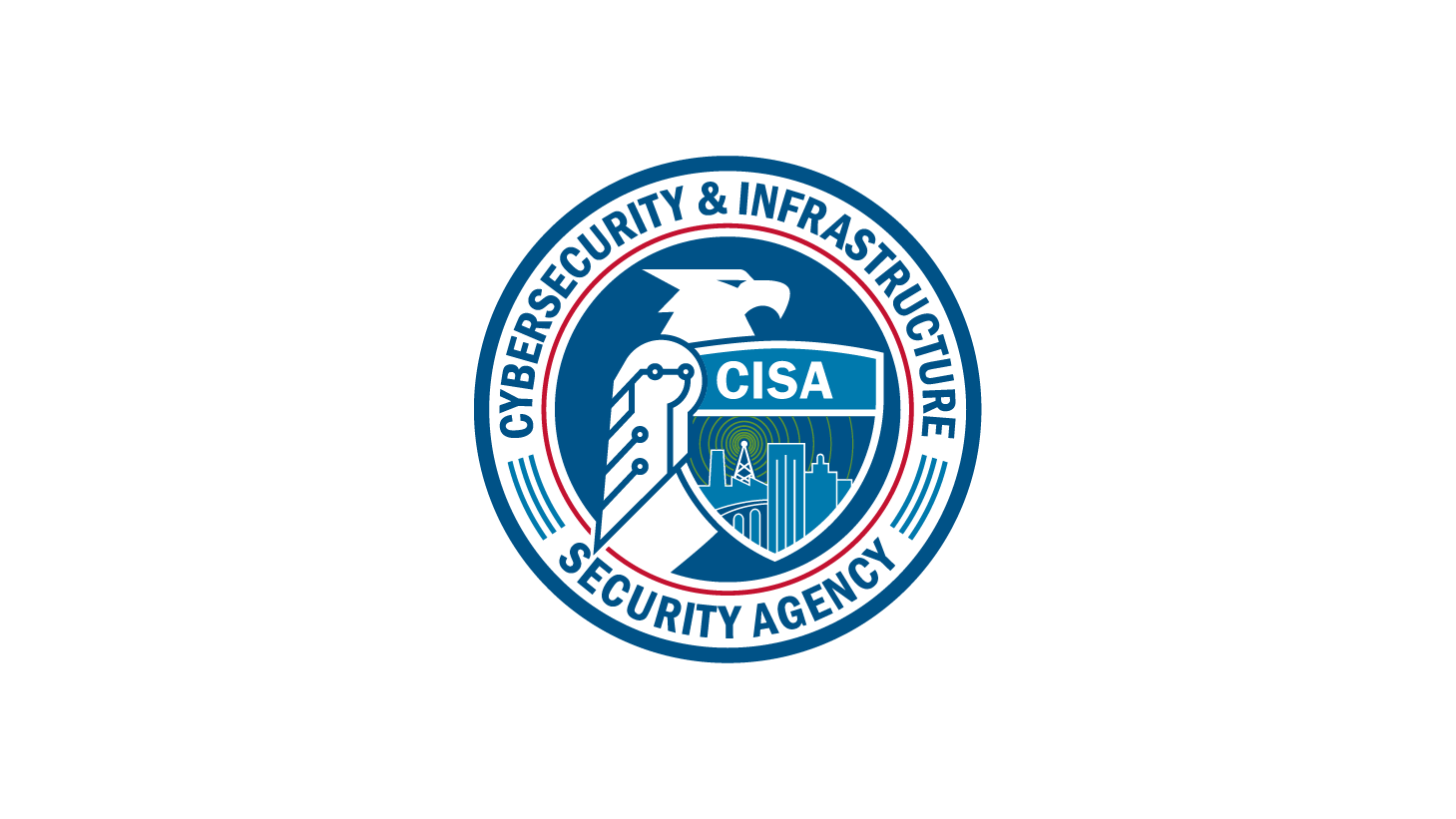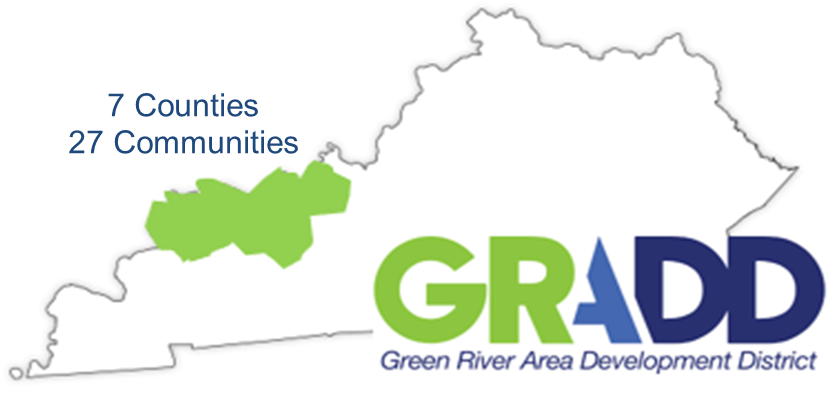IRPF Application to Regional Water & Wastewater Planning

IRPF Application to Regional Water & Wastewater Planning
Introduction
The Cybersecurity and Infrastructure Security Agency’s (CISA) Infrastructure Resilience Planning Framework (IRPF) is a voluntary, 5-step approach developed to assist local and regional planners with planning for the resilience of critical infrastructure. The IRPF provides guidance and resources for engaging diverse stakeholders, identifying critical infrastructure, assessing dependencies and risks, developing solutions, and implementing actions to enhance resilience.
Case Study
The Green River Area Development District (GRADD), a regional planning and development organization in northwestern Kentucky, previously applied the IRPF to integrate infrastructure resilience into the region’s multi-jurisdictional Hazard Mitigation Plan. Recognizing a specific need for more in-depth assessment of risks to critical infrastructure systems within the region, GRADD then obtained a grant through the Federal Emergency Management Agency (FEMA) Hazard Mitigation Grant Program (HMGP) to perform additional assessment and planning activities. GRADD focused this additional assessment on the region’s water and wastewater infrastructure, which consists of 56 separate, publicly-operated systems serving both urban and rural residents and key industries, such as aluminum production. Coincidentally, as GRADD kicked off their effort, a disruption occurred in an adjacent county’s drinking water system reinforcing the importance of planning for water service resilience.

Utilizing the IRPF, GRADD did a deep dive into understanding infrastructure dependencies and identifying solutions to address priority risks. GRADD conducted interviews with each of the water and wastewater utilities within the region to identify possible vulnerabilities, such as critical nodes of operation, dependencies between the systems, and reliance on services provided by other fundamental infrastructure sectors (i.e., Energy, Communications, and Transportation). GRADD facilitated coordination between county emergency management, local communities, and the water and wastewater utilities to identify priority projects for implementation to ensure continuity of water and wastewater services to residents, businesses, and industry throughout the region.
Use of the IRPF
GRADD utilized select resources from IRPF Step 2: Critical Infrastructure Identification and Step 4: Develop Actions to accomplish their water and wastewater systems analysis and project planning effort.
Dependency Analysis
GRADD reviewed CISA’s Infrastructure Dependency Primer, specifically the Closer Look section within the LEARN module. These sections provided GRADD planners with foundational knowledge of important relationships between infrastructure systems and specific information about each of the four fundamental critical infrastructure sectors – Communications, Energy, Transportation, and Water. The Water and Wastewater Sector Dependencies video was particularly helpful in outlining upstream and downstream dependencies for a water system.
With this background knowledge, GRADD then used the IRPF System Owner/Operator Dependency Interview Guide resource to develop a customized set of interview questions for use with each of the drinking water and wastewater utilities within the region. GRADD conducted in-person interviews with the 35 utilities that operate the 56 water and wastewater systems within the GRADD region, collecting data such as backup power capabilities, use of operational control systems and cybersecurity, material supply chains, critical assets and staff, interconnects with other systems, and emergency response capabilities. GRADD then analyzed the data to identify critical vulnerabilities that could lead to potential water or wastewater service disruptions. Vulnerabilities were discovered related to natural hazard exposure; critical personnel; energy, transportation, and communication dependencies; and critical nodes within each system. GRADD looked at the data by county as well as by overall region to identify trends and priority risks.
Project Identification
After consolidating and analyzing the data from the utility interviews, GRADD used the IRPF Meeting Facilitation Guide resource as a model for creating a tailored facilitation agenda for county-level meetings with utility representatives, county emergency mangers, and local officials to present the water and wastewater system analysis results and facilitate discussion to identify solutions for recognized risks. To stimulate ideas, GRADD presented the different types of resilience activities outlined in the Methodology for Assessing Regional Infrastructure Resilience resource referenced in the IRPF to meeting participants for consideration in identifying the best solutions to address risks. GRADD documented solutions identified during each county meeting and then consolidated the solutions into a list of priority projects that were either system-specific, county level, or regional in scale.
GRADD presented the results of the water and wastewater system vulnerabilities analysis and priority projects to the Water Management Council for implementation and to its Hazard Mitigation Council for incorporation into the region’s Hazard Mitigation Plan.
Benefits
The IRPF benefited GRADD’s regional water and wastewater system planning effort by providing:
- Foundational information on the four fundamental critical infrastructure systems and common dependencies;
- Guides for engaging with and gathering dependency vulnerability data from utility owners and operators;
- Impetus for collaboration among utility providers and local governments on actions to address risks and enhance the resilience of essential water/wastewater services; and
- An analysis approach that led to identifying specific infrastructure risk information gaps that GRADD could then ask for state assistance to fill in order to justify funding for a proposed mitigation project.
Outcomes
- Improved understanding by small water and wastewater utilities of their dependency vulnerabilities, which expanded the mitigation actions being pursued to reduce risk to systems that are essential to economic and public health in the region.
- Recognition by small utilities of the value of alliance and collaboration among localities. This planning effort helped the State gain local support for its planning and fiscal efficiencies policy goals, namely effective regional planning for hazard mitigation and development, and more effective use of state financing to support consolidation of small, rural water and wastewater systems to reduce costs and recovery times.
- Recognition by Kentucky’s Hazard Mitigation Grants Program Office of the value of this in-depth infrastructure system planning approach using the IRPF. The Office plans to present the IRPF approach to other Area Development Districts as a worthwhile means by which to identify and guide hazard mitigation planning-related activities, potentially funded through FEMA Hazard Mitigation Assistance (HMA) grants, to improve resilience throughout the state.
- Analysis that helped the regional Water Management Council leverage both FEMA HMA and other federal or state funds for priority mitigation projects. For example, the analysis helped justify why FEMA post-disaster hazard mitigation funds should support a levee project that would reduce the risk to a small city’s water treatment plant important to critical manufacturing in the region. It also helped GRADD obtain state assistance in meeting benefit-cost analysis and matching funds requirements for the levee project.
- Additional data and analysis that enabled GRADD to provide the Kentucky National Guard disaster response team with specific information regarding potential impacts of a natural hazard on water and wastewater services in their seven-county region. The National Guard will use this information to more quickly and effectively respond to a hazard event.
For more information or to seek additional help, contact us at Resilience_Planning@cisa.dhs.gov.




